First published on April 28, 2022 • Last updated on April 28, 2022
This page may contain affiliate links; if you purchase through them,
we may receive a small commission at no extra cost to you.
While Quito, Ecuador is not well-known for its great Inca ruins, the city and surrounding area are dotted with archeology sites well worth a visit, especially for those of us who enjoy ancient history. Each museum listed in this article has something to teach us about pre-Colombian life along the Equator in South America. Many of these places have a history that is far older, including before the arrival of the Inca in the late 1500s.
This list is ordered from closest to Quito to furthest away. The map at the end of the article might also be useful!
Archeology Sites in and near Quito, Ecuador
Rumipamba
Located on the slopes of the Pichincha Volcano just below the better known Teleferico, Rumipamba is an open-air archeology museum of 32 hectares. The site provides excellent views of the city and is worth a visit if only to see Quito and its valley from a different vantage point. The ruins tell a story of three different occupations, the Late Formative Period (1500 BCE to 500 BCE), the Regional Development Period (500 BCE to 500 CE), and the Integration Period (500 CE to 1500 CE). A replica village makes it easy for children and adults to imagine how people may have lived in ancient times. Much of the site is still undergoing investigation.
Learn More About Rumipamba

Casa Alabado
While not an archeology site, Casa Alabado in Quito’s historic center is a must-visit for any archeology lover. Their collection of pre-Colombian artifacts is one of the best curated in South America. They have pieces from as far back as 4500 BCE, about the time the wheel was developed in Mesopotamia. An added bonus: the building itself was built in 1671 and is a treasure in its own right.
Learn More About Casa Alabado

La Florida
Found in a residential neighborhood in North Quito, La Florida is a pre-Colombian burial ground dating to 200-400 BCE. While the actual tombs have been filled in since the 2016 earthquake left them in danger of collapsing, the museum that protects them is well worth a visit. A sample tomb serves to teach us about the burial practices of the people who lived here, the Quitu (Kitu). My favorite part of the museum is the textiles made of shells and the lifelike mannequins who wear them.
Learn More About La Florida

The Weilbauer Museum
Located at the Catholic University best known as PUCE, the Weilbauer Museum holds an impressive collection of obsidian shards and pre-historic ceramics. Written descriptions explain ancient cultures from the first recorded human presence in Ecuador to the arrival of the Inca. This free museum is easy to navigate and its compact size makes it difficult to feel overwhelmed with information.
Learn More About The Weilbauer Museum
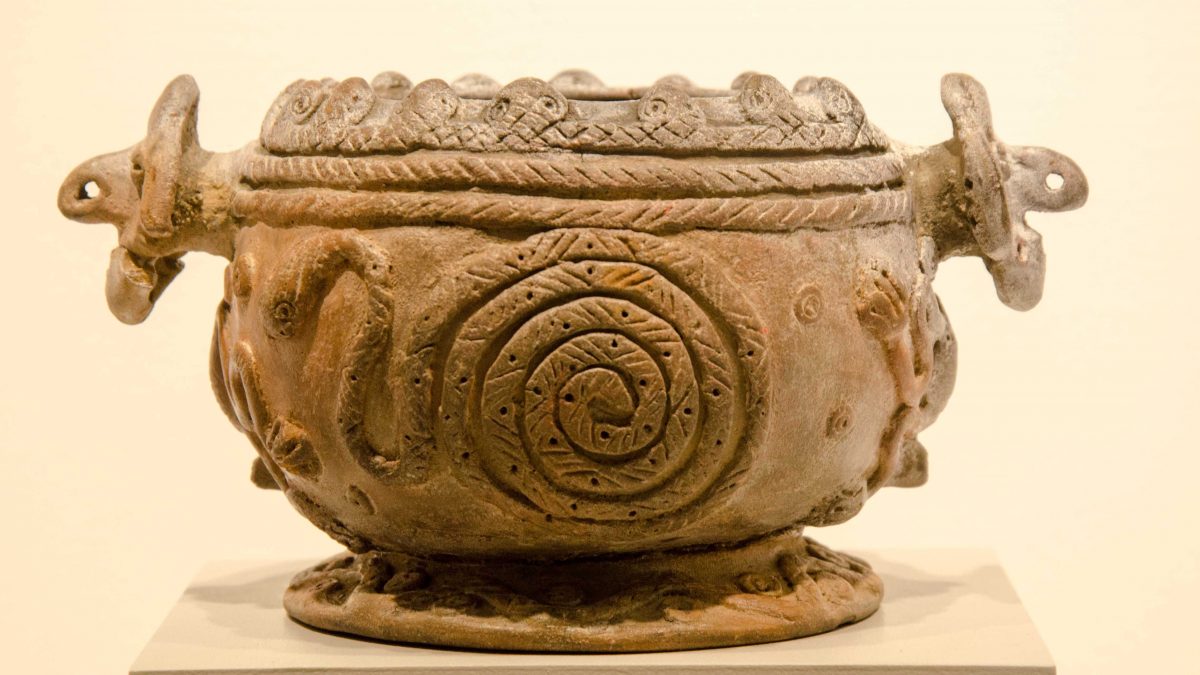
Rumicucho
Thousands of tourists come to Quito and make a stop at the world-famous Mitad del Mundo. But very few even know that a more ancient monument lies a couple of miles away, Rumicucho. This fortress was first built by the Caranqui people and later occupied and improved by the invading Inca. While the ruins are in fair condition, the site makes a marvelous vantage point to view the surrounding mountains and canyons.
Learn More About Rumicucho
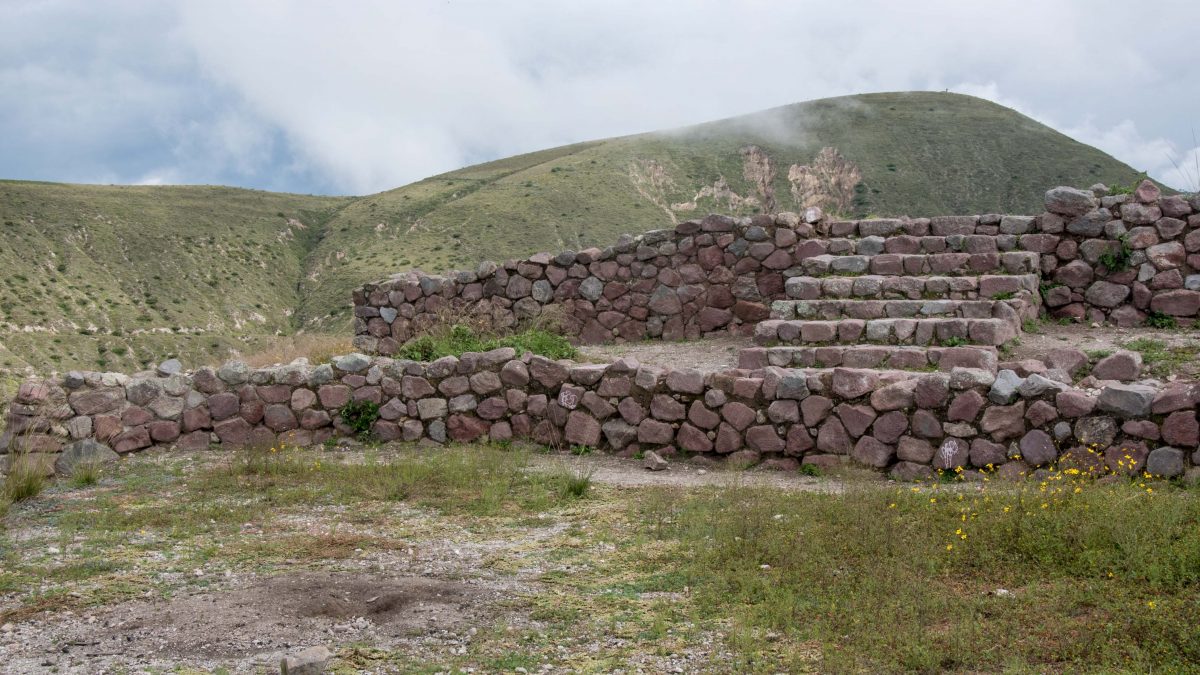
Cochasquí
In another country with more money to dedicate to archeology, Cochasquí would be a wonder to behold. Dating from 850 BCE to the arrival of Spanish Colonists, the ruins at Cochasqui include 15 stair-stepped pyramids and 21 tombs. All remain under grass and dirt as archeologists believe that further excavation would ruin the remains. Still, even covered, this impressive site is well worth a visit, especially for the Andean New Year. The small museum and the uncovered sun and moon calendars are intriguing. And the views from this height are amazing on a clear day. Children will love the herd of llamas and the burrowing owls.
Learn More About Cochasquí
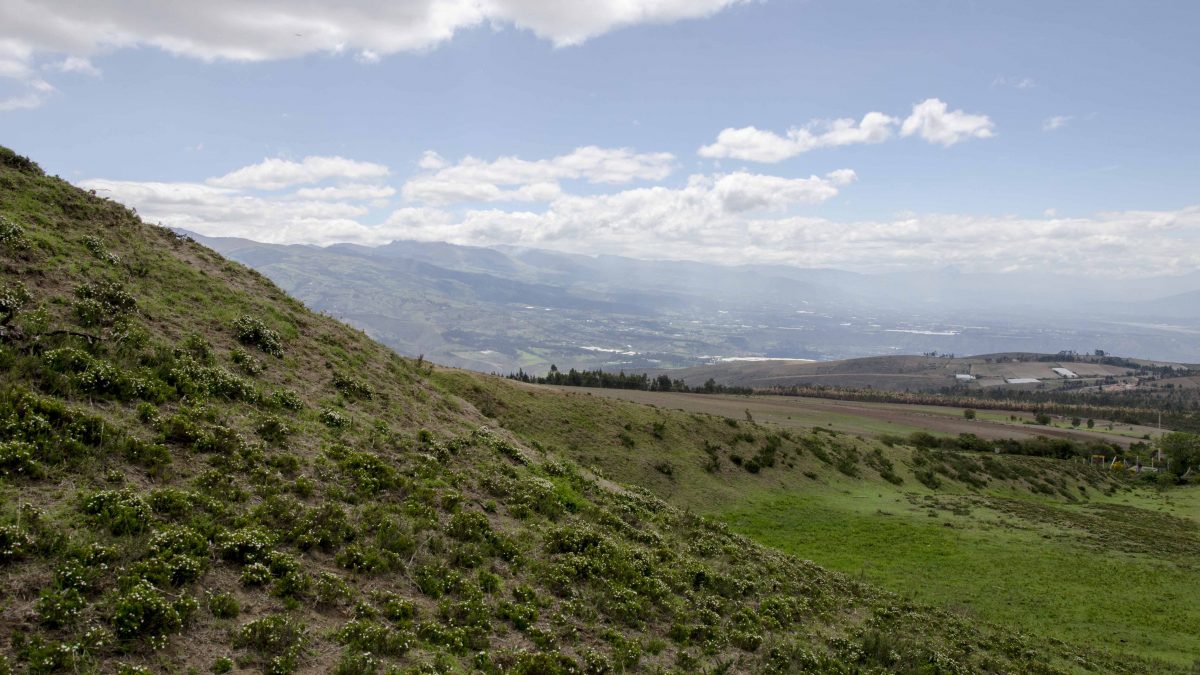
Pucara Salitre
It may be hard to believe, but Cotopaxi National Park, known for its hiking, glacier, and natural wetlands is also home to an archeology site, Pucara Salitre. Though very small, the ancient fortress found on the north side of the volcano is intriguing to see. Likely built by the Inca as a place to stay along the ancient Qhapac Ñan (Inca Road or Camino del Inca), these remote ruins can be hard to access without a four-wheel-drive vehicle or, a more traditional method, astride a horse.
Learn More About The Ruins at Cotopaxi National Park
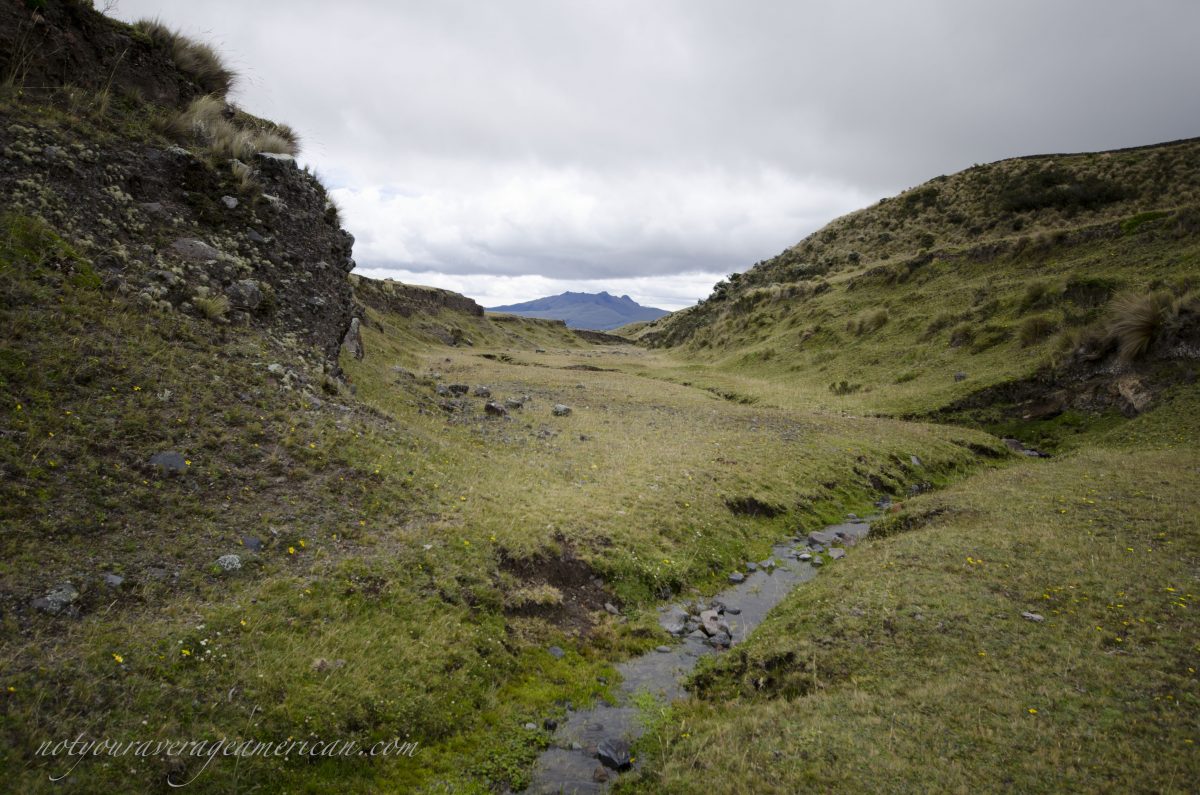
Tulipe
The unusual outdoor archeology museum lies in the Sacred Valley of Tulipe, only a two-hour drive from the heart of Quito. The museum protects a series of sunken pools built by the Yumbo, a people we know very little about. Dating to 800 AD, this civilization left multiple signs of its presence in the surrounding hillsides to include petroglyphs and culuncos, deeply etched trails that connected the capital city to the Pacific Coast.
Learn More About Tulipe
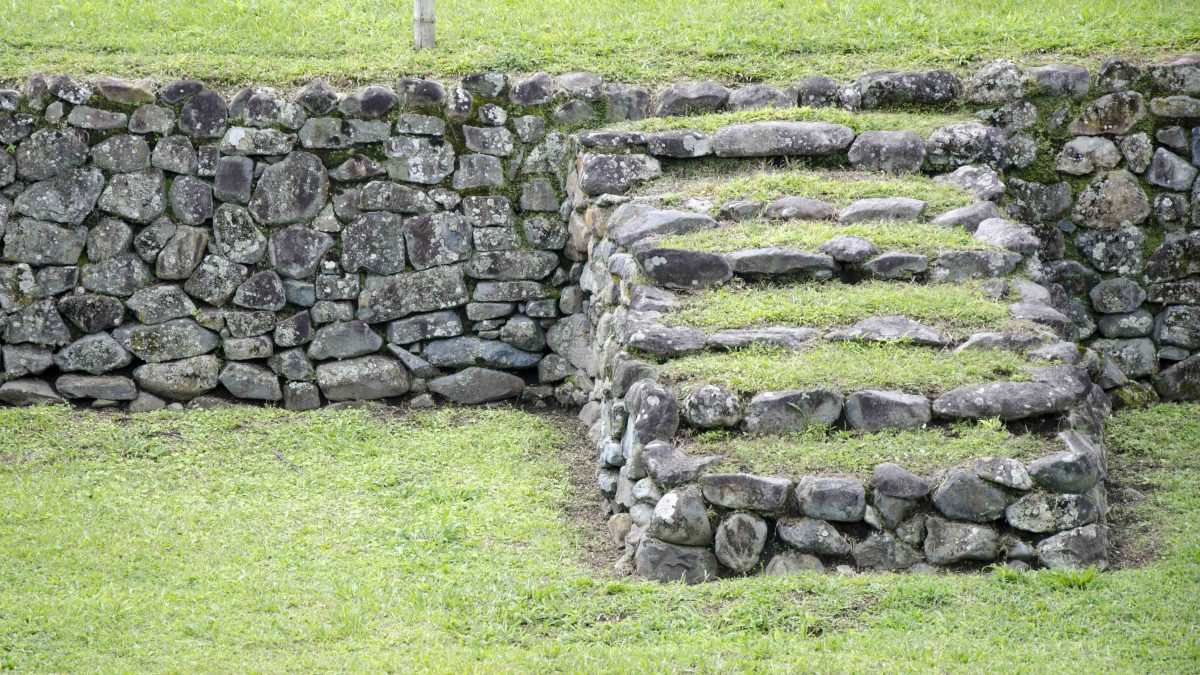
Rio Chirape
It is possible to visit petroglyphs left by the Yumbo on rocks found past the Cascada del Gallo de la Peña on the Rio Chirape. The engraved symbols include circles within circles, finite spirals, and a stick-figure human. We highly recommend going with a local guide so as not to miss these beauties.
Learn More About Rio Chirapi
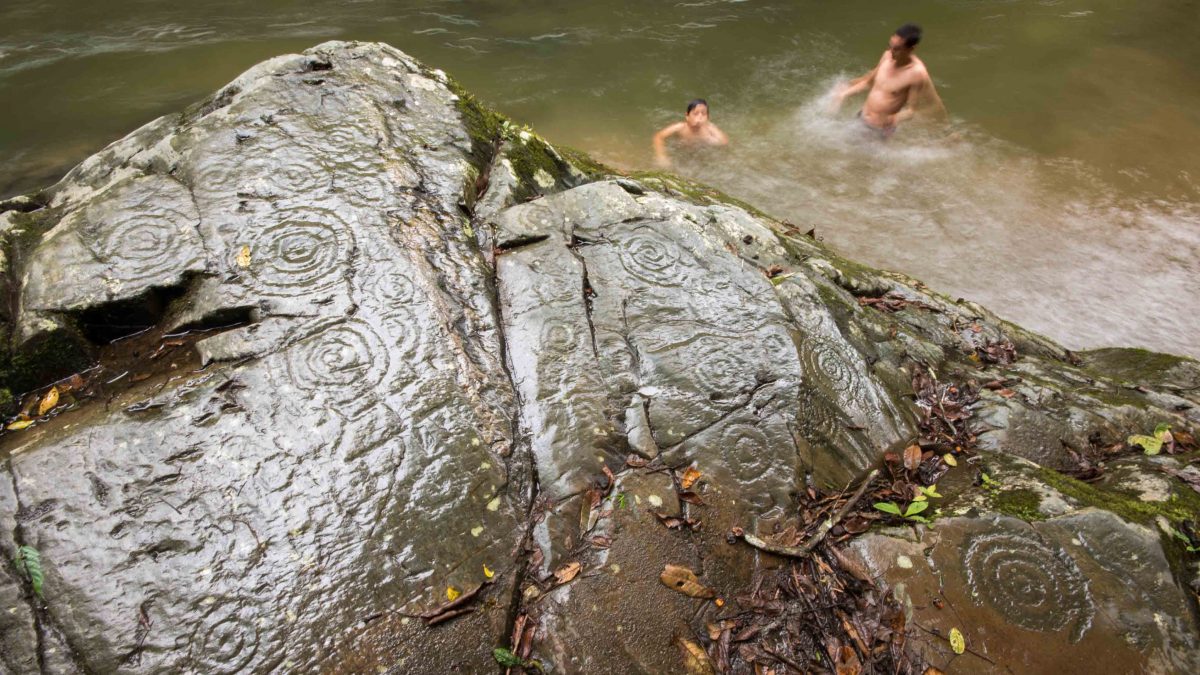

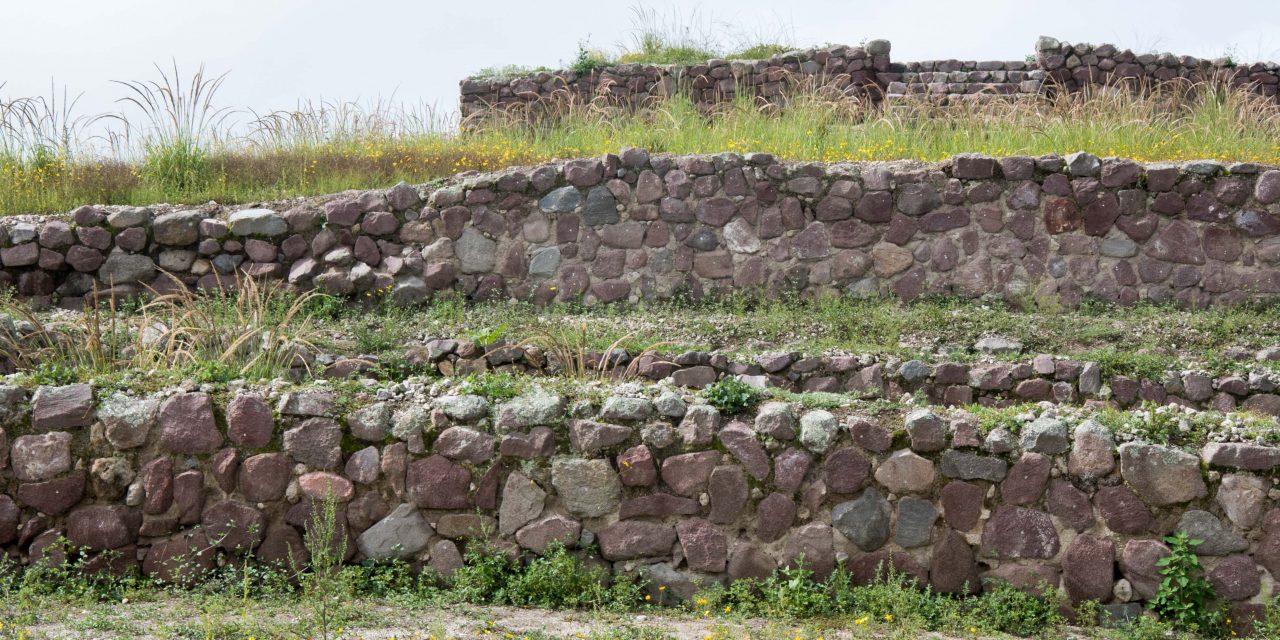
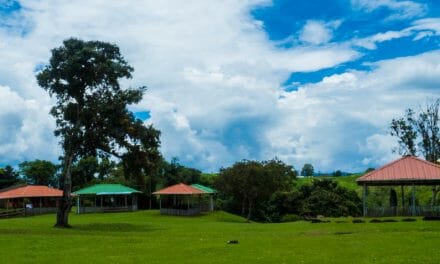
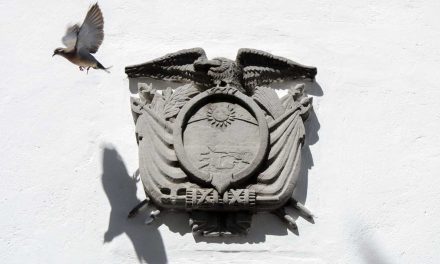

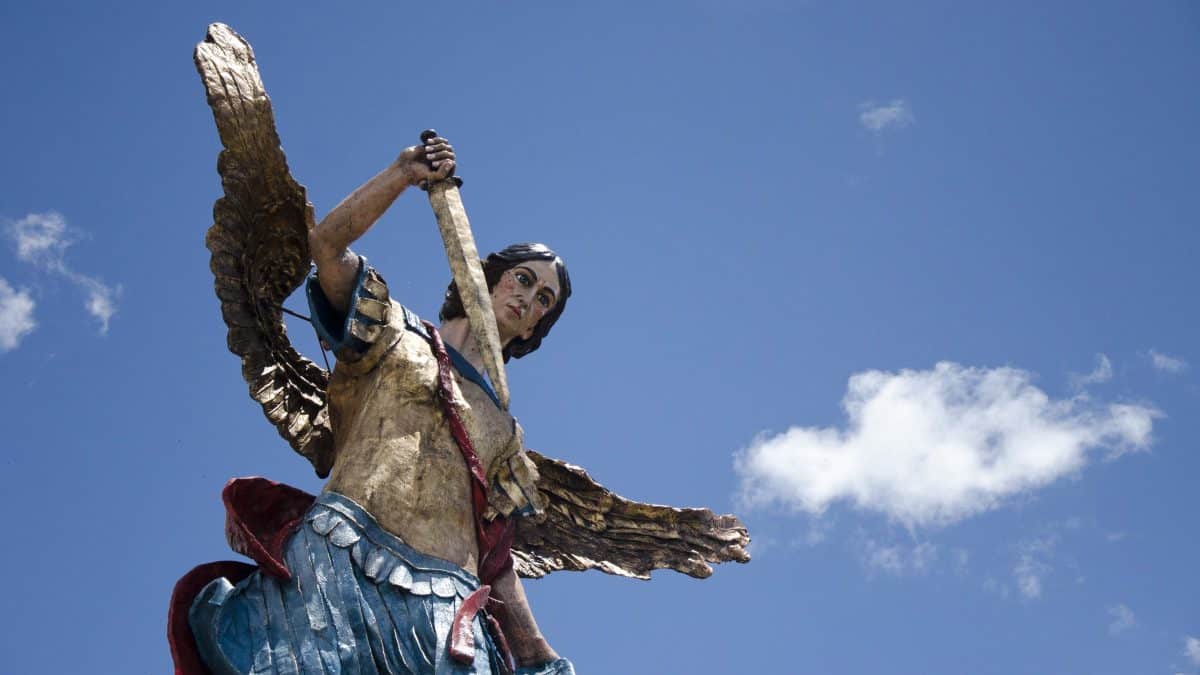

















This post is incredibly exciting! The ancient sites around Quito, from Rumicucho to the hidden gems like Tulipe, offer such a rich and captivating glimpse into Ecuador’s fascinating history—definitely worth exploring!